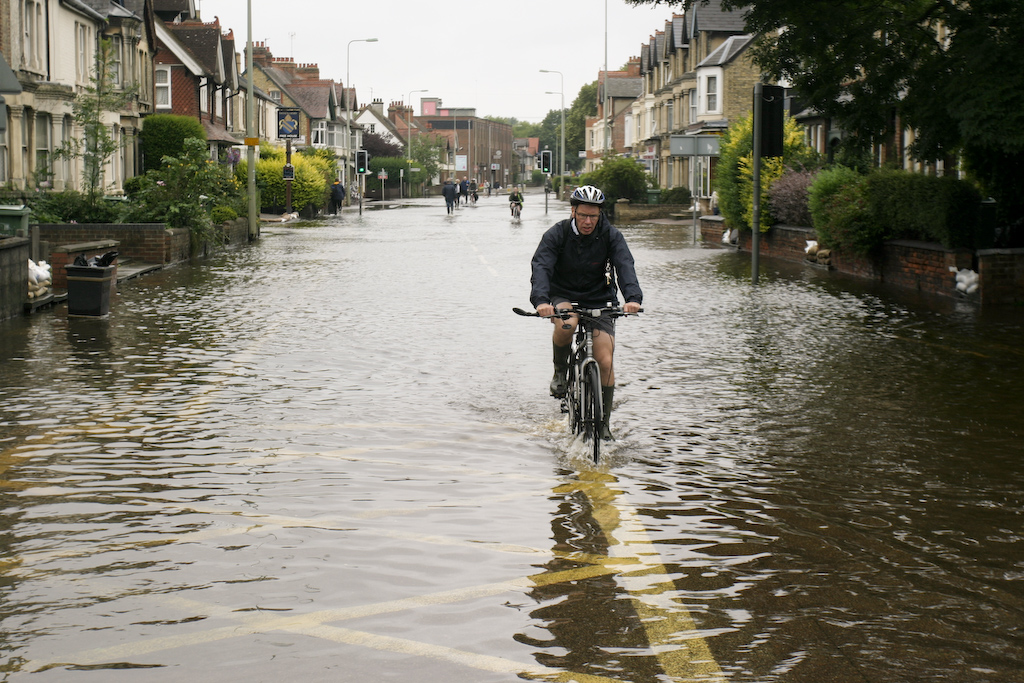Sign up to our newsletter!
No matter if you are moving, or improving, our newsletter is packed with the best tips, tricks and ideas to help you dwell well.
There is simply no doubt about it, flooding and extreme weather are becoming more common. The reasons for this vary but homeowners and all property owners need to be aware of flooding and be prepared. From taking precautions when looking for a home, looking at flood mitigation and protection to understanding the planning rules around flooding and drainage there is a lot of know so here is a break down of the main points you should be aware of.
There are actually a few factors involved in increase in flooding. Firstly, climate change is a real thing and it is happening. The effects of it are not quite so certain but we know we are seeing more extreme weather in the UK and around the world. This means we are seeing intense bouts of rain as well as prolonged rainy periods which can both cause flooding. But there is another factor which is actually compounding this and that is the way we have built our world around us. Soil, woods and grassland soak up water much better than tarmac and tiles. So, as we gradually build more and more, we are removing the land’s natural ability to cope with water. This is a real problem but there are things in place to help change this as there are to try to slow down climate change.
Before we look at other aspects of flooding it is important to look at some of the rules in place to help make sure we are building with flooding in mind. If a planning application is made in what is deemed a flood risk area by the Environment Agency then a flood risk assessment is needed. This details report will show all the potential issues around the proposed building and advise on ways to change it to reduce the risk of flooding. There are also rules around drainage too, so not only do new buildings need to be assessed on their impact on flooding to that building and the surrounding area they also need to have a strategy in place for adequate drainage where the run off is not going to damage surrounding buildings.
Flood Risk Consultant Jackie Stone from Unda Consulting says “It is now more critical than ever that new building projects have flooding mitigation and drainage planning at the core of the original concepts and right through the planning process in order to deal with the growing flood risk”

While flood risk assessments and the like are there to help make sure new buildings are safe what about existing buildings? Well, there are a lot of things that can be done to homes that can help mitigate flooding if and when it happens. You may be looking at a new home and have concerns about local flooding and while that is legitimate there are things you can do. Rainwater Gardens are a great example of a flood mitigation tactic. With some careful planning you can create areas that look amazing in the summer but have a hidden talent to absorb water when it counts. These gardens use planted beds and gravel areas to allow fast absorption of run off. Another option is to build contours into gardens that are able to hold excess run off while it soaks through. While these are not ditches as such, gardens can be landscaped to have raised areas and lower lying patches that can act like a temporary pond. Other options including using porous surfaces for driveways and using border areas alongside any paving that can help absorb the water before it gets to the house.
While flood mitigation tactics are very useful, in some areas they may not be enough. If you are in an area that has flooded before and will flood again then direct protection for your home may be needed. Flood doors can be expensive but may make the difference between property damage and keeping everything dry. These doors are waterproof and form a seal so no water will come through gaps around the doors. You can also install flood proof windows. Another option is to fit flood boards, these can be added to any door way and offer a temporary barrier that can be removed when the flood water has subsided. One problem area that can also be covered are air bricks and vents. Most homes have these bricks at various points to let air flow through the foundations. Simple covers can be bought and fitted that prevent water getting in.
If you are moving into an area that has flooded it is important to take this seriously. Look at the flooding damage from previous events, speak to local people and speak to insurers before buying. Also look at budgeting for some mitigation and flood proofing, it may seem like extra expense for no reason but it could make all the difference. Be flood aware, prepare and understand the risks.
This article has been written for us by Aaron James. Aaron is a freelance writer based in Sussex specialising in Lifestyle and Business.
Click here for your essential guide to flood planning and preparation
Live well with Moving and Improving